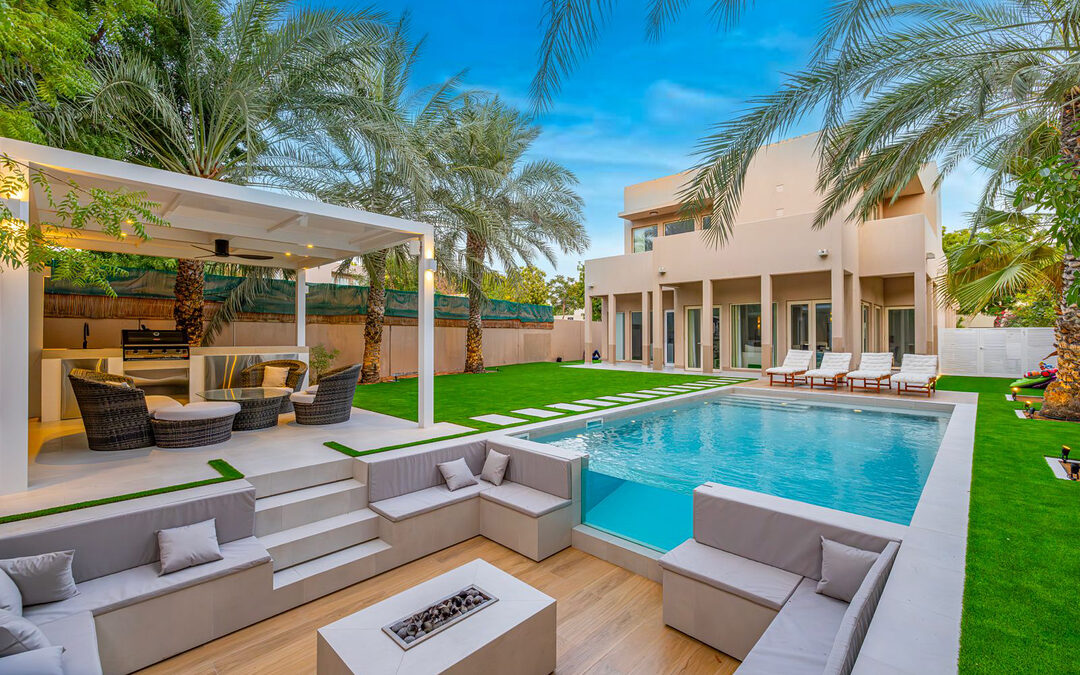Designing a custom pool is an exciting opportunity to transform your backyard into a personal oasis. Whether you envision a serene retreat for relaxation or a vibrant space for entertaining, a well-planned pool can elevate your outdoor living experience, notes https://www.denmanrealty.com/. In this article, we’ll explore expert tips and key considerations for custom pool building, helping you create a pool that not only meets your needs but also enhances the beauty and value of your home.
Understanding Your Vision: The First Step in Pool Design
Before diving into the specifics of pool construction, it’s essential to have a clear vision of what you want. Understanding your goals and preferences will guide every decision, from the pool’s shape and size to its features and finishes. Reading reviews of So Cal Custom Pools & Spas can also provide valuable insights and inspiration to help refine your vision and make informed choices.
Defining Your Pool’s Purpose
Consider how you intend to use your pool. Are you looking for a place to swim laps and stay fit, a luxurious spot for soaking and unwinding, or a fun-filled area for family activities? Your pool’s primary purpose will influence its design, size, and depth, as well as the choice of additional features like a spa, waterfall, or diving board.
Choosing the Right Pool Shape and Size
The shape and size of your pool are critical aspects of the design process. These factors not only affect the aesthetic appeal of your pool but also its functionality and integration with your landscape.
Popular Pool Shapes and Their Benefits
- Rectangular Pools: Ideal for modern designs and lap swimming, offering a sleek, streamlined look.
- Freeform Pools: Perfect for natural or tropical settings, these pools mimic the curves of a lagoon, creating a more relaxed and organic feel.
- L-Shaped Pools: Great for creating distinct areas within the pool, such as a shallow play area separate from a deeper swimming zone.
Selecting Materials and Finishes
The materials and finishes you choose for your pool can dramatically influence its appearance and durability. From tiles to decking, each element should be selected to complement your home’s style and withstand the elements, just like the stunning designs seen in Golcarres Key backyard oasis projects.
Exploring Pool Finishes
- Plaster: A classic choice, plaster provides a smooth, durable finish available in a variety of colors. It’s budget-friendly but may require more maintenance over time.
- Pebble: Pebble finishes offer a natural, textured look and are highly durable. They’re also slip-resistant, making them a safe option for families.
- Tile: Tiles can add a touch of luxury to your pool, with endless design possibilities. They’re easy to clean and maintain but can be more expensive.
Fun Fact: The World’s Largest Pool
Did you know that the largest swimming pool in the world is located at the San Alfonso del Mar resort in Chile? This massive pool spans over 20 acres and holds 66 million gallons of water!
Incorporating Essential Features
Beyond the basic structure, adding features to your pool can enhance its functionality, safety, and overall enjoyment. Whether it’s a spa, water features, or lighting, these elements can turn a standard pool into a luxurious retreat.
Must-Have Pool Features
- Waterfalls and Fountains: These features add a soothing ambiance to your pool, creating the relaxing sound of flowing water.
- LED Lighting: LED lights can be installed both in and around your pool to create a stunning nighttime effect, increasing safety and extending your pool’s usability into the evening.
- Spas and Hot Tubs: Integrating a spa with your pool provides a place to relax and enjoy warm, bubbling water, making your backyard an all-season retreat.
Planning for Safety and Maintenance
A beautiful pool is one that’s safe and easy to maintain. Proper planning for these aspects will ensure that your pool remains an enjoyable feature of your home for years to come.
Pool Safety Considerations
Safety should be a top priority when designing your pool, especially if you have children or pets. Consider adding the following safety features:
- Fencing: A pool fence can prevent accidental falls and is often required by local regulations.
- Pool Covers: Automatic pool covers provide an additional layer of protection, keeping debris out and reducing evaporation when the pool is not in use.
- Alarms: Pool alarms alert you if someone enters the water unexpectedly, adding peace of mind.
Fun Fact: Pool Chlorination Origins
Chlorination has been used to keep pools clean and safe since the early 1900s. The first documented use of chlorine to sanitize a pool was in 1910 in Brown University’s Colgate Hoyt Pool.
Working with Professional Pool Builders
While DIY projects can be fun, building a custom pool is a complex task that’s best left to the professionals. Expert pool builders bring experience, technical knowledge, and design expertise to ensure your pool is constructed to the highest standards.
Choosing the Right Pool Builder
- Check Credentials: Ensure your pool builder is licensed, insured, and has a solid reputation in the industry.
- Review Past Projects: Ask to see examples of their previous work to ensure their style aligns with your vision.
- Get Multiple Quotes: Compare quotes from several builders to ensure you’re getting a fair price and comprehensive service.
Designing and building a custom pool is an exciting journey that can transform your backyard into a stunning oasis. By carefully considering your needs, choosing the right materials and features, and working with experienced professionals, you can create a pool that provides years of enjoyment and adds lasting value to your home. Whether you’re dreaming of a tranquil retreat or a lively entertainment space, the possibilities are endless when it comes to creating your perfect pool.

















